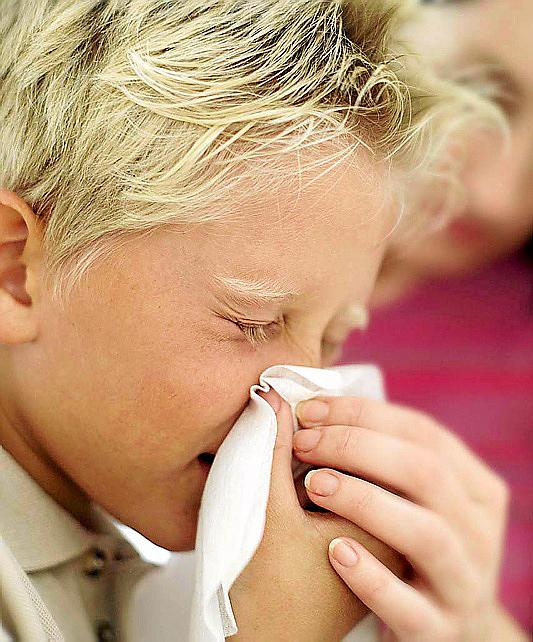A predictive model developed by SEAIC indicates that there are differing levels of pollen intensity across the country. Forecasts for the season suggest that pollen allergies in the Balearics will be on the mild side. The Balearics and Mediterranean coastal regions of Spain - Catalonia, Valencia, Murcia - all tend to be mild, with the main culprits being grasses and the pellitory plants.
Other parts of Spain that are good for allergy sufferers are northern regions - Galicia, Asturias, Cantabria, the Basque Country, Navarre and La Rioja. Grasses and the birch tree are the principal sources of pollen in these parts.
The Canary Islands are also mild. In those islands ragweed is also a factor. In fact, in terms of calculations as to grains of pollen per cubic metre of air, the Canaries would seem to have the lowest levels of potential sources of allergies anywhere in Spain - between 125 and 380 grains compared, for instance, with forecasts of between 1,500 and 2,100 grains in the Balearics.
The worst parts of Spain are Extremadura and Andalusia. The predictions for this spring suggest there will be up to almost 9,000 grains per cubic metre in these regions, with olive trees and grasses the main sources.


No comments
To be able to write a comment, you have to be registered and logged in
Currently there are no comments.